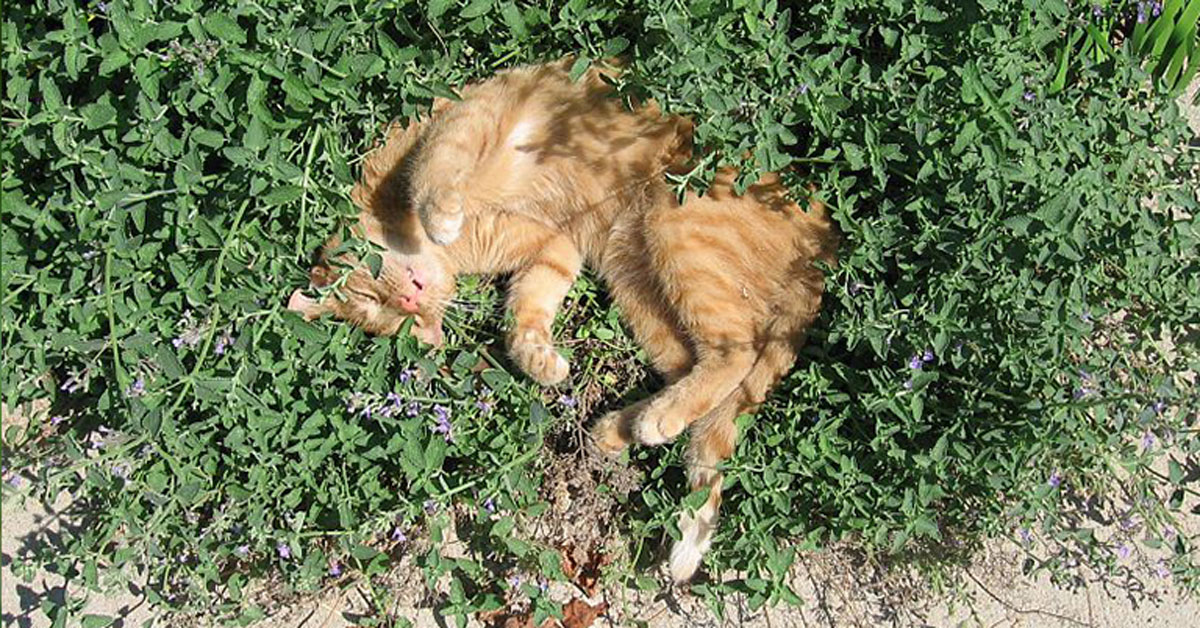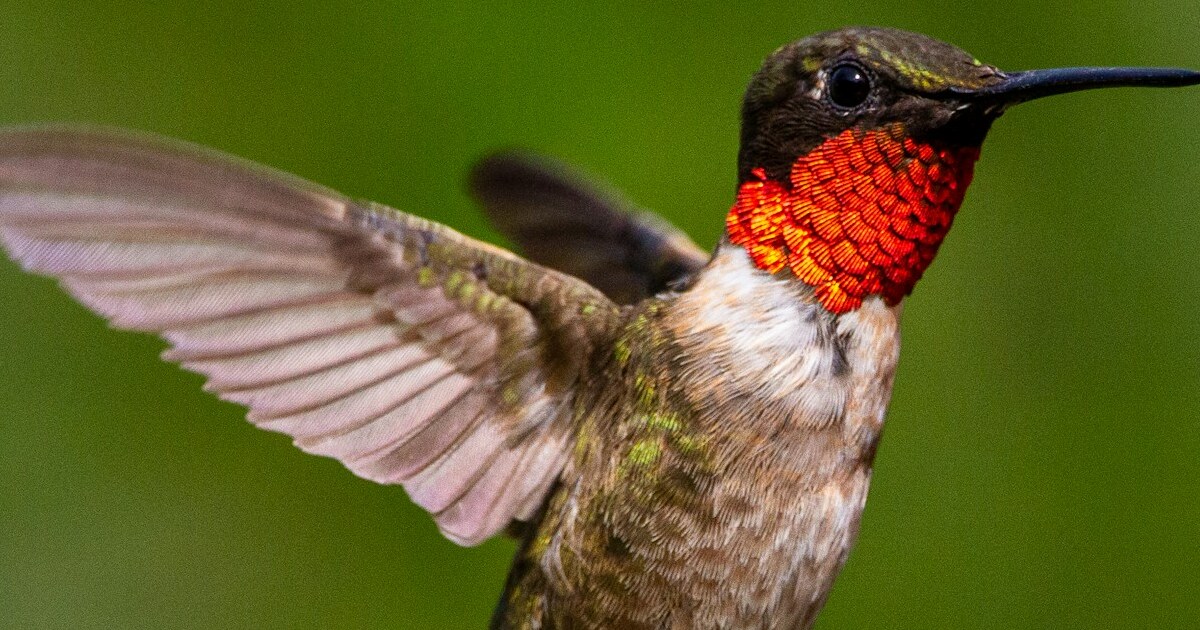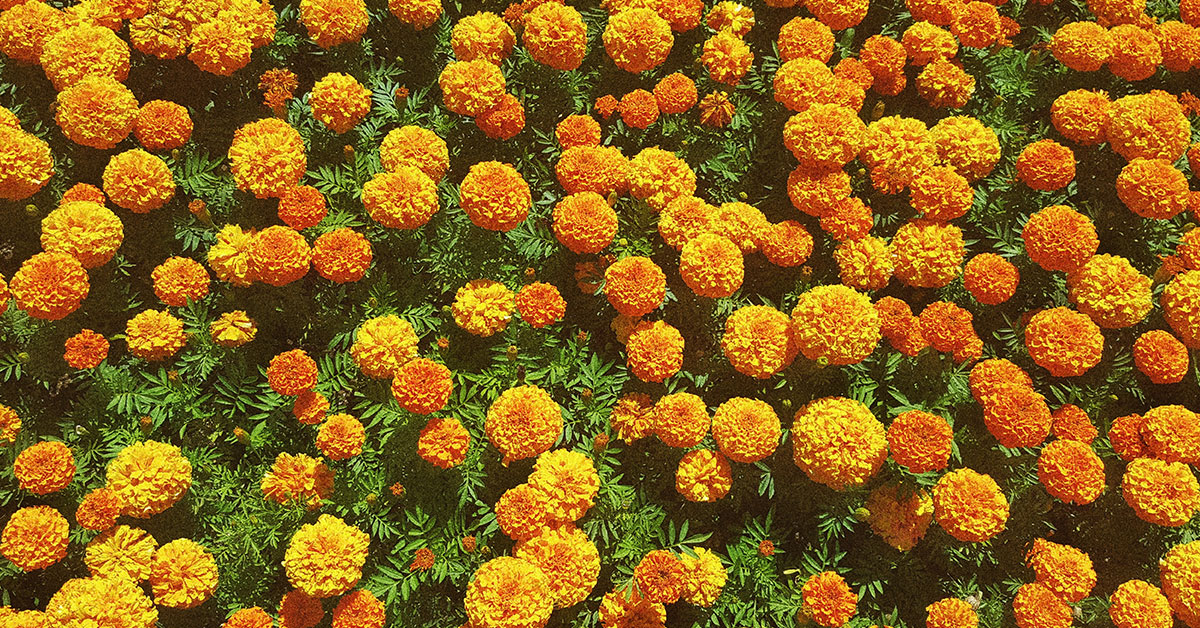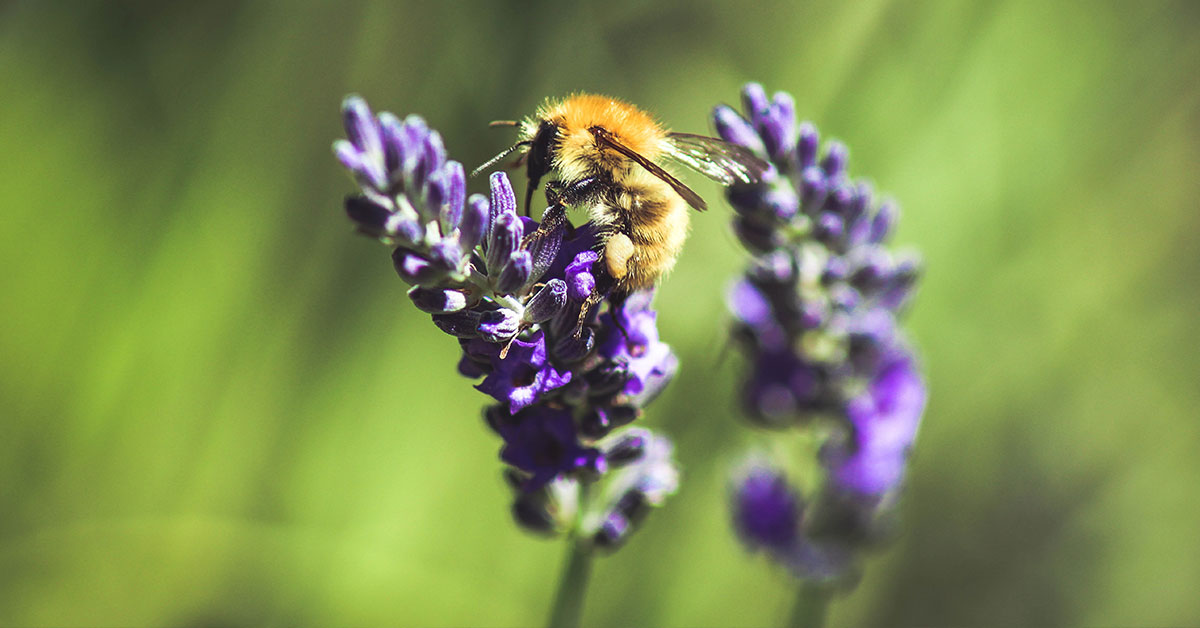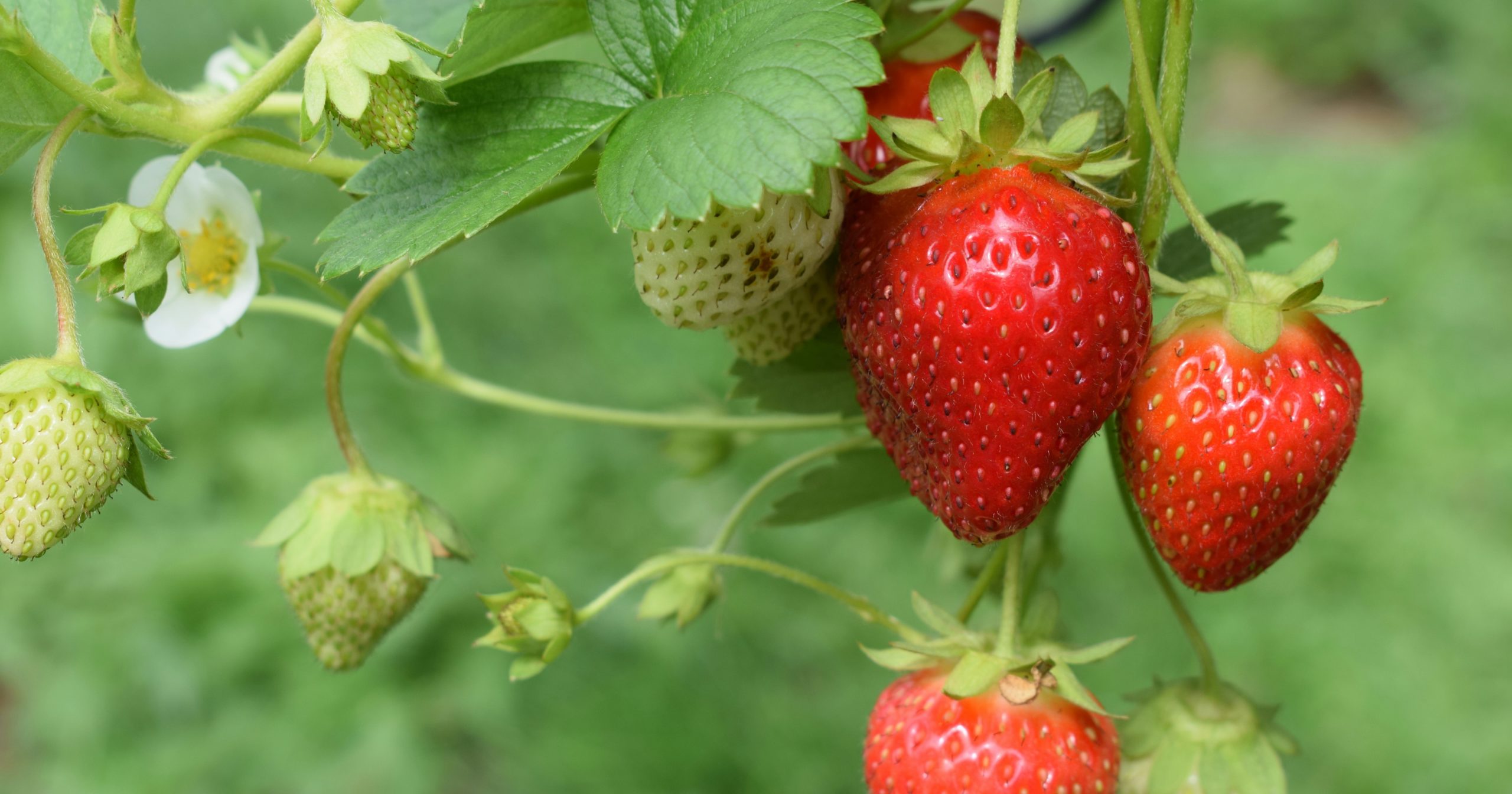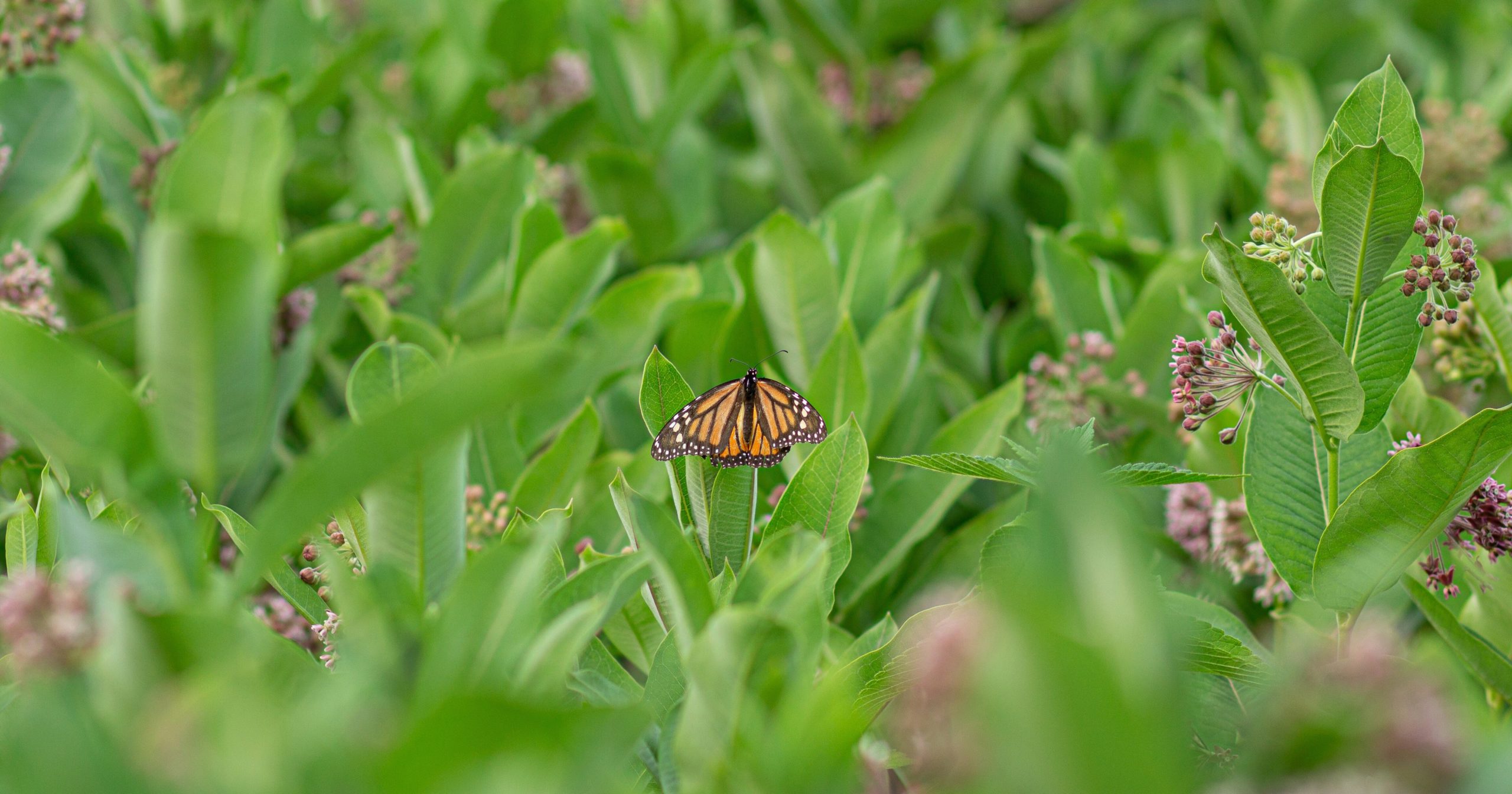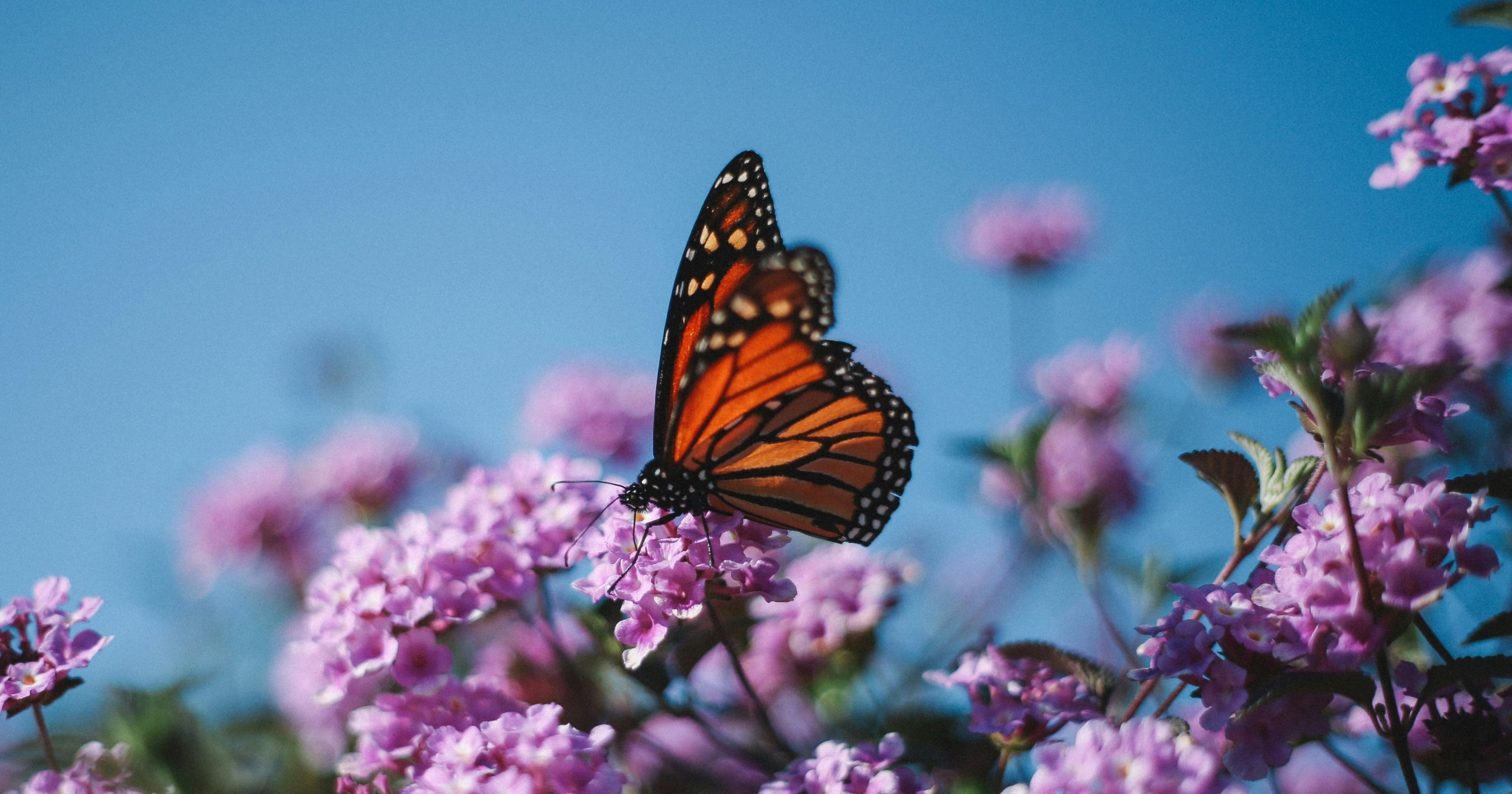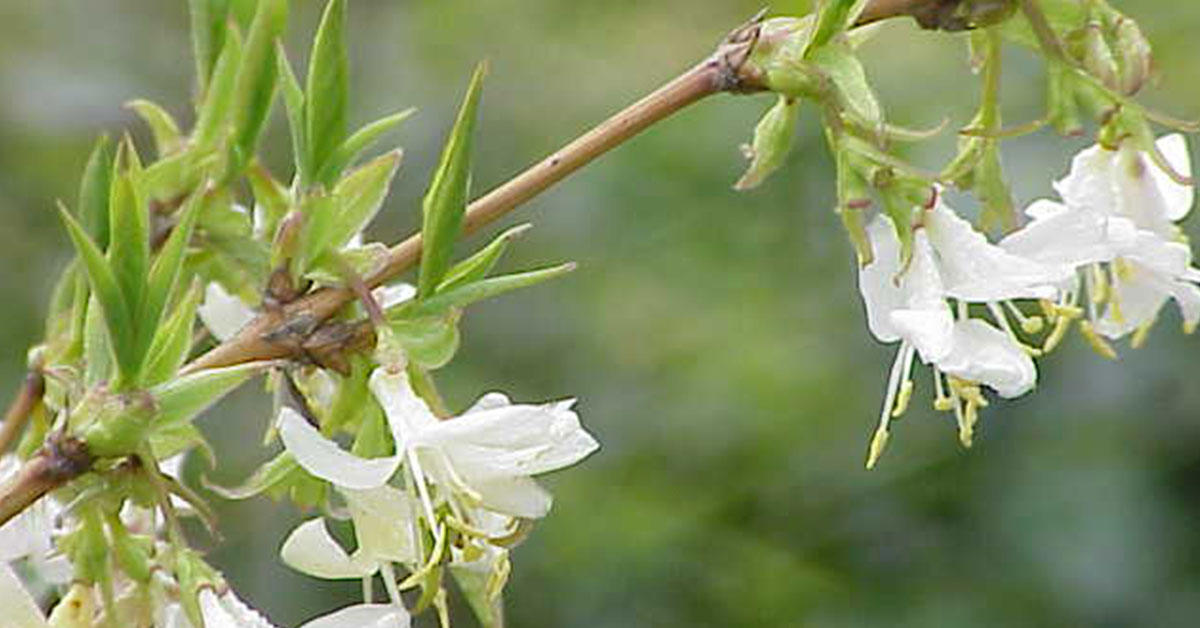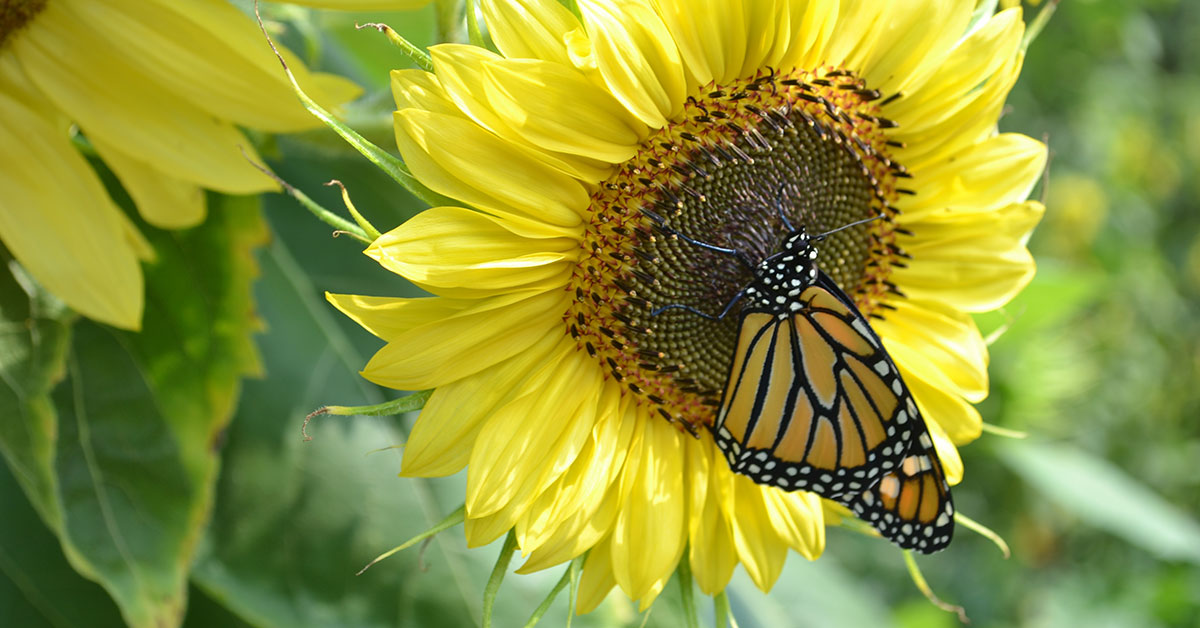Creating a garden that bursts with color throughout the year is every gardener’s dream. Perennial flowers are the backbone of such a garden, providing a reliable source of vibrant blooms season after season. These plants come back year after year, often with minimal maintenance, ensuring your garden remains lively and beautiful from spring through winter. As an enthusiastic gardener, I love exploring the diverse array of perennials that can be mixed and matched to achieve continuous color in the garden.
Selecting the right combination of perennial flowers involves considering their blooming periods, colors, and growing requirements. By carefully planning and planting, you can enjoy a kaleidoscope of colors that change with the seasons. Let’s delve into some of the best perennial flowers that can bring year-round color to your garden.
Black-Eyed Susan
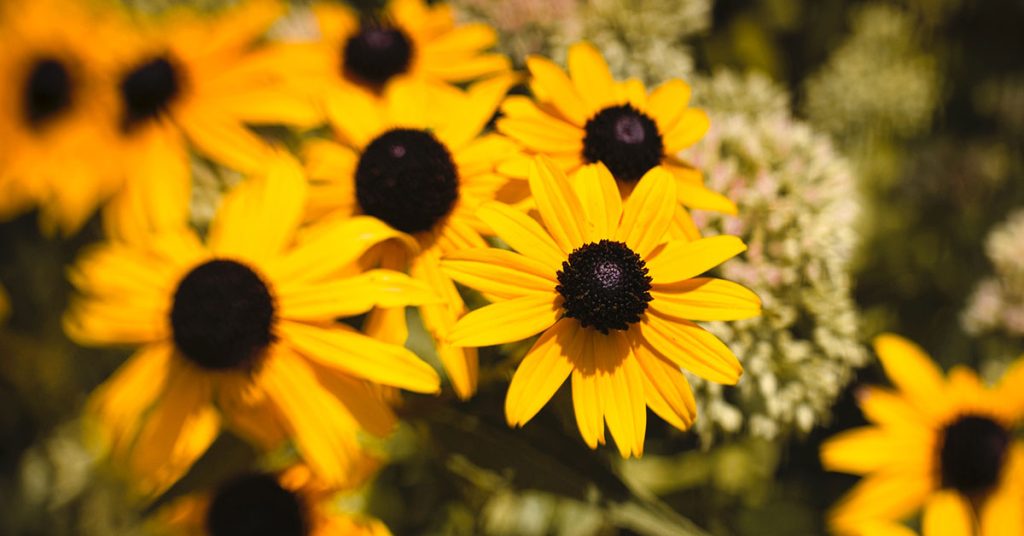
Black-eyed Susans (Rudbeckia hirta) are hardy perennials that thrive in full sun and well-drained soil. These cheerful plants produce bright yellow flowers with dark brown centers, typically blooming from midsummer to early fall. Their vibrant color and daisy-like appearance make them a standout in any garden.
To grow black-eyed Susans, plant them in the spring or fall, spacing them about 12 to 18 inches apart. They are drought-tolerant once established and require minimal care, making them ideal for low-maintenance gardens. Deadheading spent flowers can encourage additional blooms and keep the plants looking tidy.
Lavender
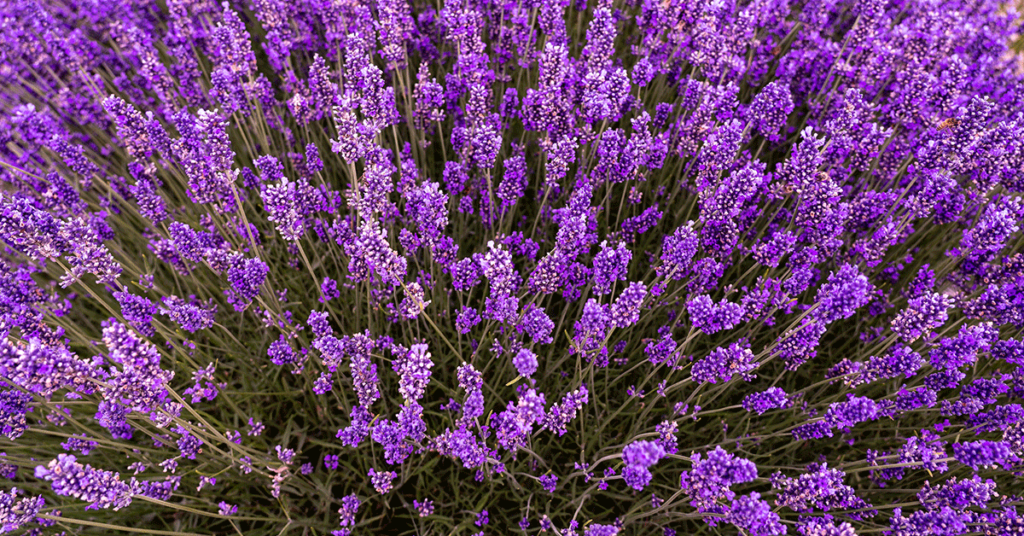
Lavender (Lavandula spp.) is a beloved perennial known for its fragrant purple blooms and silvery-green foliage. It thrives in full sun and well-drained soil, making it perfect for sunny spots in the garden. Lavender typically blooms from late spring to early summer, adding a calming scent and a splash of color.
Plant lavender in the spring, spacing the plants about 18 to 24 inches apart. Prune them in early spring to maintain their shape and promote bushier growth. Lavender is relatively drought-tolerant and requires minimal watering once established, making it an excellent choice for low-water gardens.
Coneflower
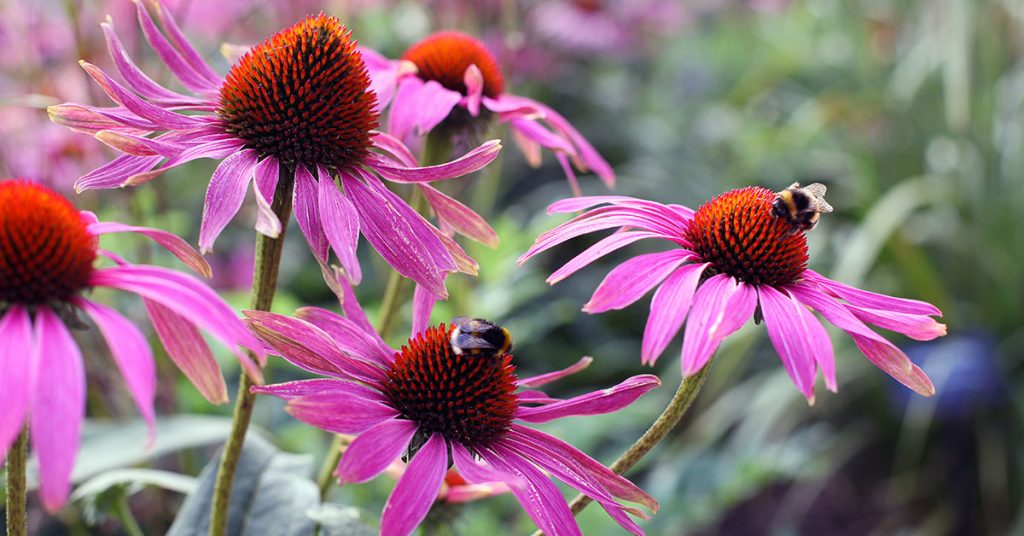
Coneflowers (Echinacea spp.) are robust perennials that produce large, daisy-like flowers with prominent central cones. They come in a variety of colors, including purple, pink, white, and yellow. Coneflowers bloom from midsummer to early fall, providing a long-lasting display of color.
To grow coneflowers, plant them in full sun and well-drained soil. Space the plants about 1 to 3 feet apart, depending on the variety. Coneflowers are drought-tolerant and require minimal care once established. Deadheading spent blooms can encourage continuous flowering and keep the plants looking fresh.
Hellebore
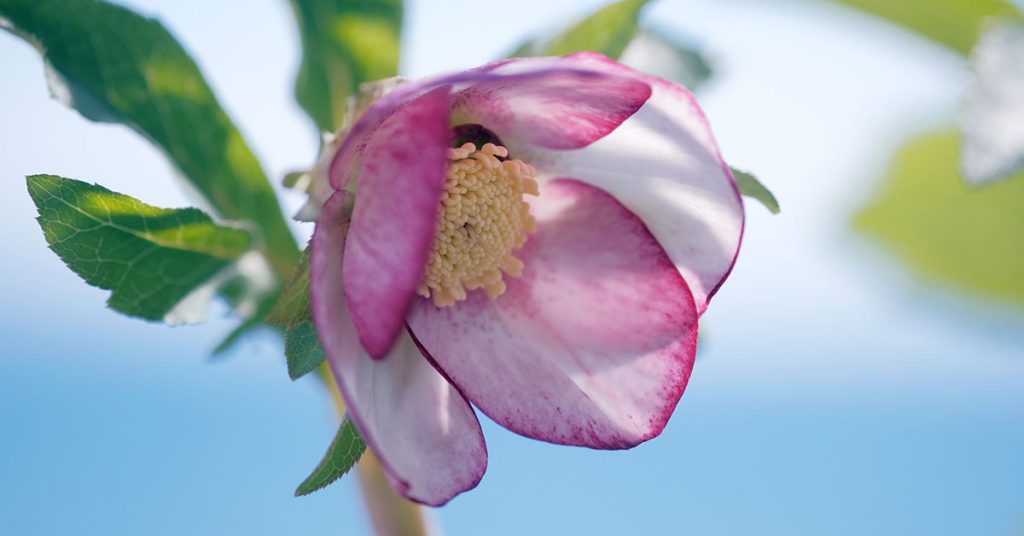
Hellebores (Helleborus spp.) are shade-loving perennials that produce stunning flowers in late winter to early spring, a time when few other plants are in bloom. Their flowers come in various shades, including white, pink, purple, and green, often with intricate patterns.
Plant hellebores in rich, well-drained soil in a shady or partially shaded spot. Space the plants about 18 to 24 inches apart. Hellebores are relatively low-maintenance and can tolerate drought once established. Their evergreen foliage provides year-round interest, and the flowers add much-needed color during the colder months.
Daylily
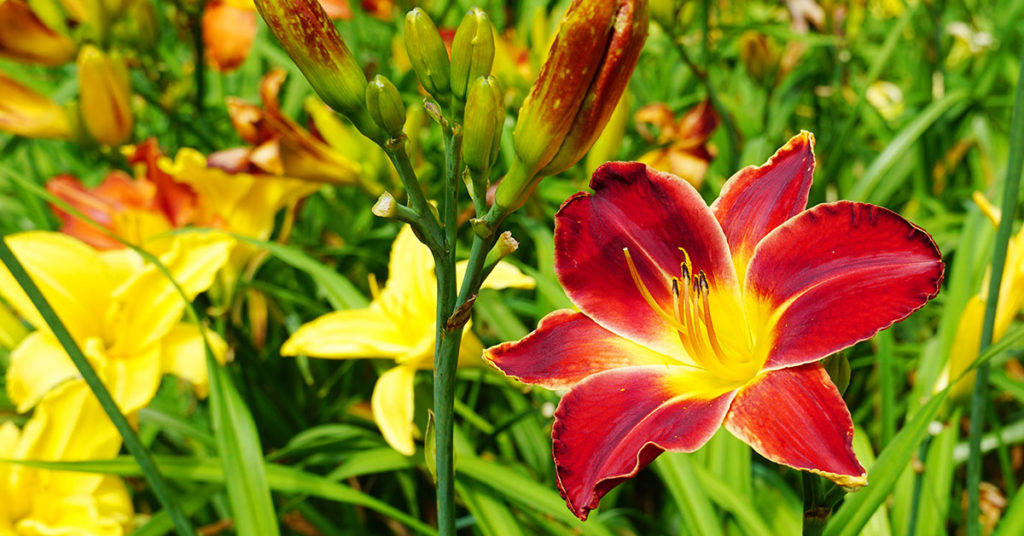
Daylilies (Hemerocallis spp.) are versatile perennials known for their trumpet-shaped flowers that come in a wide range of colors, including yellow, orange, red, pink, and purple. They typically bloom from late spring to late summer, with each flower lasting only a day, but new blooms continually emerge.
To grow daylilies, plant them in full sun to partial shade and well-drained soil. Space the plants about 18 to 24 inches apart. Daylilies are drought-tolerant and low-maintenance once established. Dividing the plants every few years can promote better blooming and prevent overcrowding.
Salvia
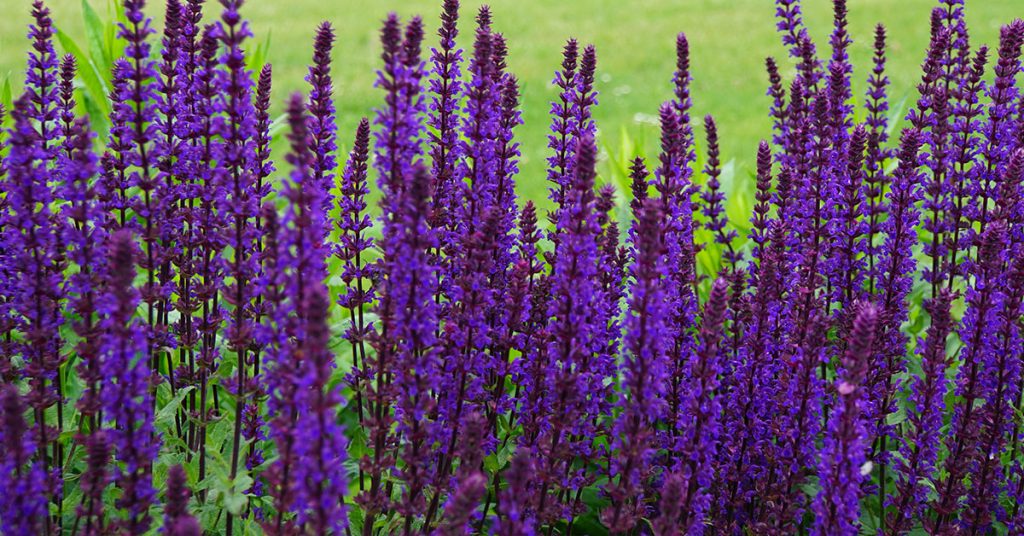
Salvia (Salvia spp.) is a hardy perennial that produces spikes of tubular flowers in various colors, including blue, purple, red, and pink. Salvia blooms from late spring to fall, providing a long-lasting display of color and attracting pollinators to the garden.
Plant salvia in full sun and well-drained soil. Space the plants about 1 to 2 feet apart to allow for their growth. Salvia is drought-tolerant once established and requires minimal care. Regular deadheading encourages continuous blooming and helps maintain a neat appearance.
Peony
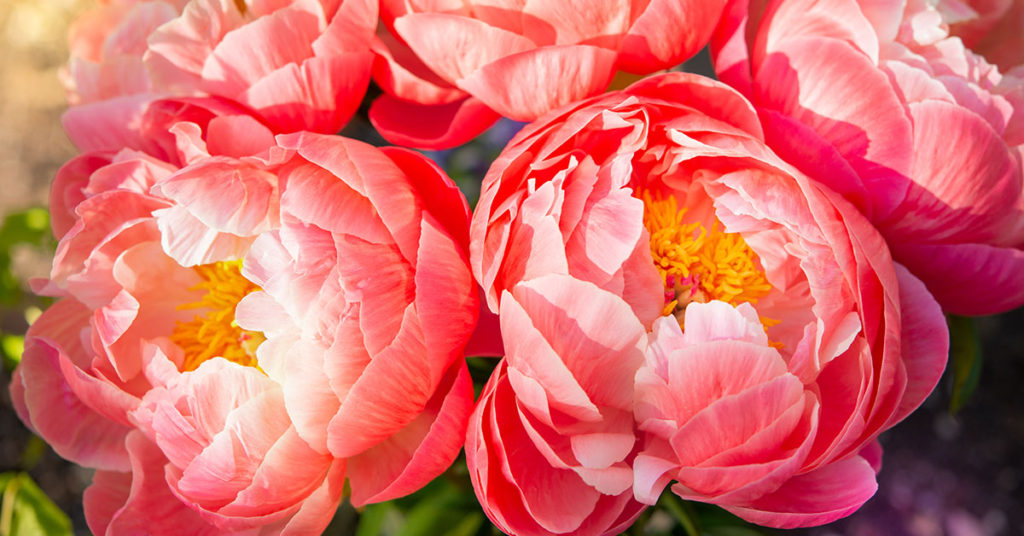
Peonies (Paeonia spp.) are classic perennials known for their large, fragrant blooms that come in shades of pink, red, white, and yellow. They typically bloom in late spring to early summer, adding a touch of elegance and romance to the garden.
Plant peonies in full sun and well-drained soil, spacing them about 3 to 4 feet apart. Peonies require minimal care once established but benefit from support, such as stakes or rings, to hold up their heavy blooms. Avoid planting them too deeply, as this can prevent flowering.
Russian Sage
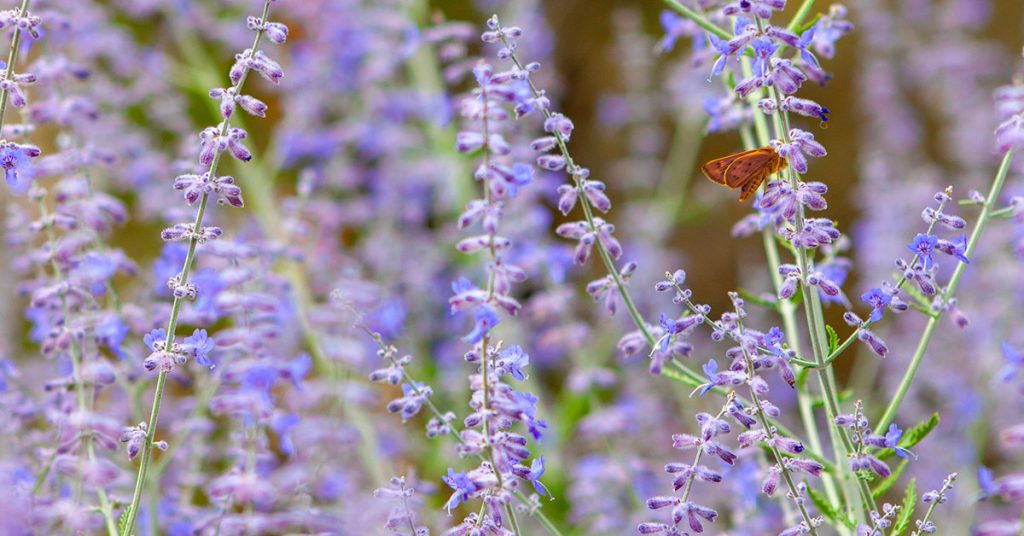
Russian sage (Perovskia atriplicifolia) is a hardy perennial that produces spiky clusters of small, lavender-blue flowers. It blooms from midsummer to early fall, adding a splash of color and a touch of airy elegance to the garden.
To grow Russian sage, plant it in full sun and well-drained soil. Space the plants about 2 to 3 feet apart. Russian sage is drought-tolerant and requires minimal care once established. Pruning the plants back in early spring encourages new growth and helps maintain their shape.
Coreopsis
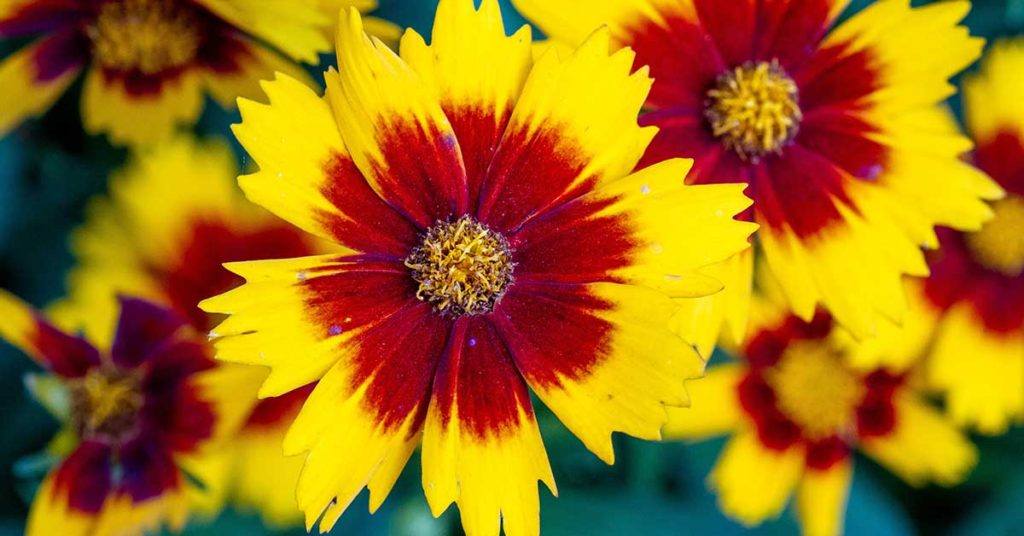
Coreopsis (Coreopsis spp.) is a cheerful perennial that produces daisy-like flowers in bright shades of yellow, pink, and red. It typically blooms from early summer to fall, providing a long-lasting display of color.
Plant coreopsis in full sun and well-drained soil, spacing the plants about 1 to 2 feet apart. Coreopsis is drought-tolerant and low-maintenance once established. Regular deadheading encourages continuous blooming and helps keep the plants looking tidy.
Astilbe
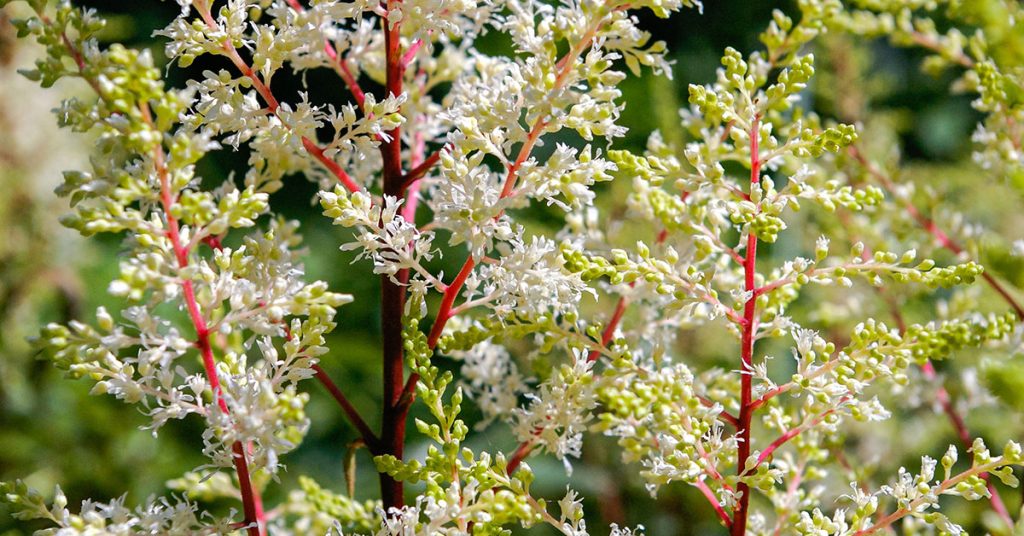
Astilbe (Astilbe spp.) is a shade-loving perennial that produces feathery plumes of flowers in shades of pink, red, white, and purple. It typically blooms from late spring to early summer, adding a touch of elegance to shaded garden areas.
Plant astilbe in rich, well-drained soil in a shady or partially shaded spot. Space the plants about 1 to 2 feet apart. Astilbe prefers consistently moist soil and benefits from mulching to retain moisture. Dividing the plants every few years promotes better blooming and prevents overcrowding.
Bleeding Heart
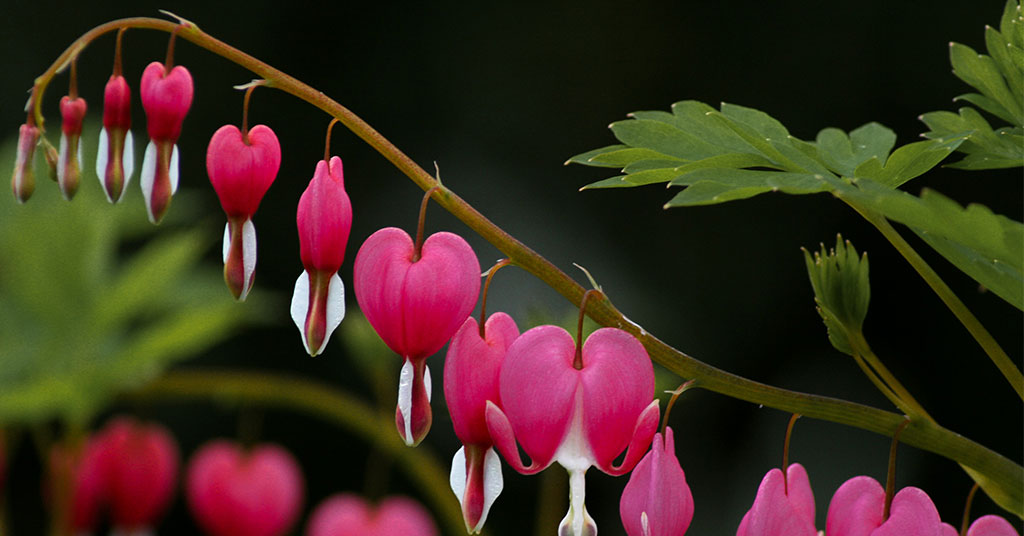
Bleeding heart (Dicentra spectabilis) is a shade-loving perennial that produces heart-shaped flowers in pink or white. It typically blooms in late spring to early summer, adding a touch of whimsy and romance to shaded garden areas.
Plant bleeding heart in rich, well-drained soil in a shady or partially shaded spot. Space the plants about 1 to 2 feet apart. Bleeding heart prefers consistently moist soil and benefits from mulching to retain moisture. Once established, it requires minimal care and provides a stunning display each spring.
Shasta Daisy
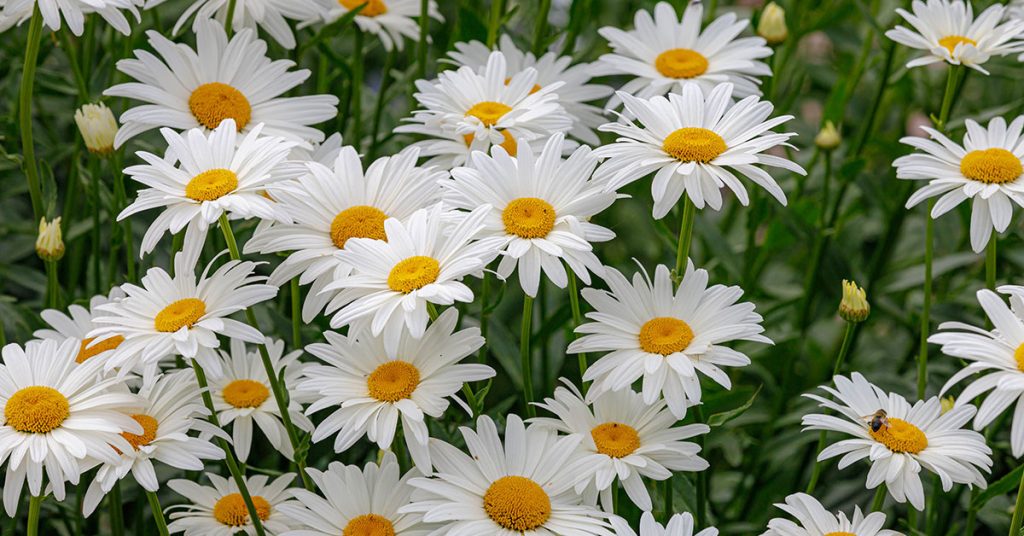
Shasta daisies (Leucanthemum × superbum) are classic perennials that produce large, white, daisy-like flowers with yellow centers. They typically bloom from early summer to early fall, adding a touch of brightness and cheer to the garden.
Plant Shasta daisies in full sun and well-drained soil, spacing the plants about 1 to 2 feet apart. Shasta daisies are drought-tolerant and low-maintenance once established. Deadheading spent blooms encourages continuous flowering and helps keep the plants looking tidy.
Yarrow
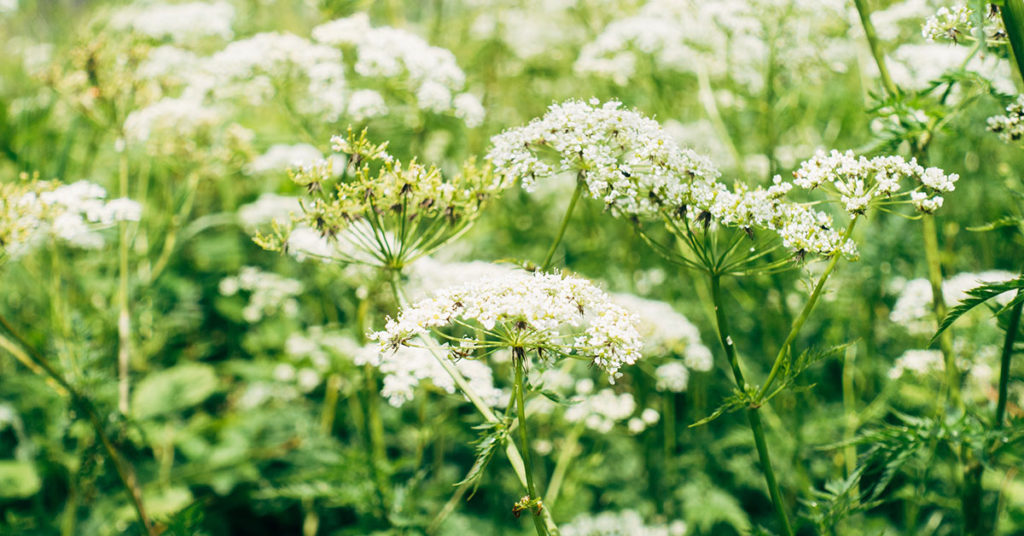
Yarrow (Achillea millefolium) is a hardy perennial that produces flat-topped clusters of flowers in shades of white, yellow, pink, and red. It typically blooms from late spring to early fall, providing a long-lasting display of color.
Plant yarrow in full sun and well-drained soil, spacing the plants about 1 to 2 feet apart. Yarrow is drought-tolerant and requires minimal care once established. Regular deadheading encourages continuous blooming and helps maintain a neat appearance. Yarrow’s fern-like foliage and long-lasting blooms make it a valuable addition to any garden.
Hosta
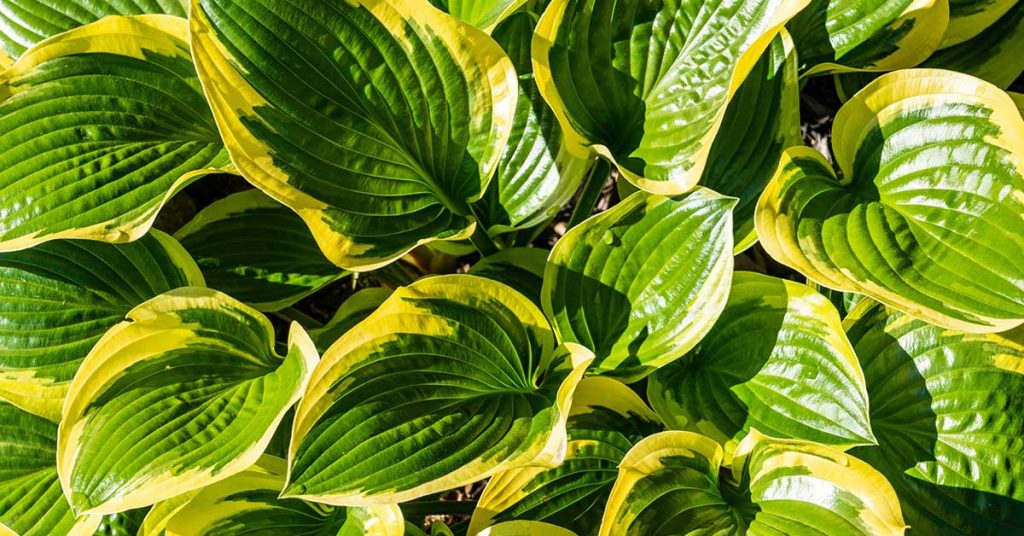
Hostas (Hosta spp.) are shade-loving perennials known for their attractive foliage and spikes of lavender or white flowers. The flowers typically bloom in late spring to summer, adding a subtle touch of color to shaded garden areas.
Plant hostas in rich, well-drained soil in a shady or partially shaded spot. Space the plants about 1 to 3 feet apart, depending on the variety. Hostas prefer consistently moist soil and benefit from mulching to retain moisture. Their lush foliage and delicate flowers make hostas a favorite for shade gardens.
Blanket Flower
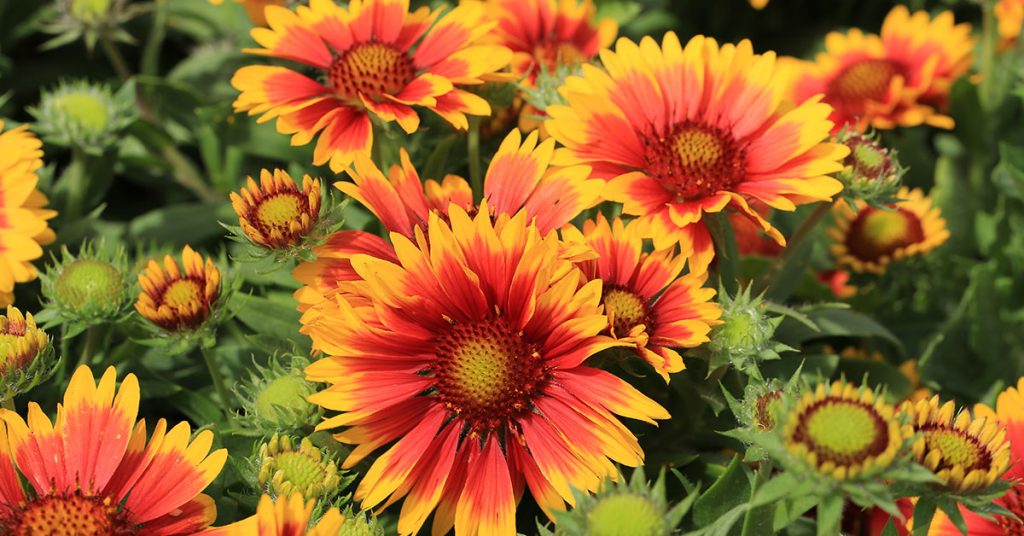
Blanket flower (Gaillardia spp.) is a hardy perennial that produces daisy-like flowers in striking combinations of red, orange, and yellow. It typically blooms from late spring to fall, providing a long-lasting display of vibrant color.
Plant blanket flower in full sun and well-drained soil, spacing the plants about 1 to 2 feet apart. Blanket flower is drought-tolerant and requires minimal care once established. Regular deadheading encourages continuous blooming and helps keep the plants looking tidy. Blanket flower’s vibrant blooms and easy maintenance make it a perfect addition to any garden.



